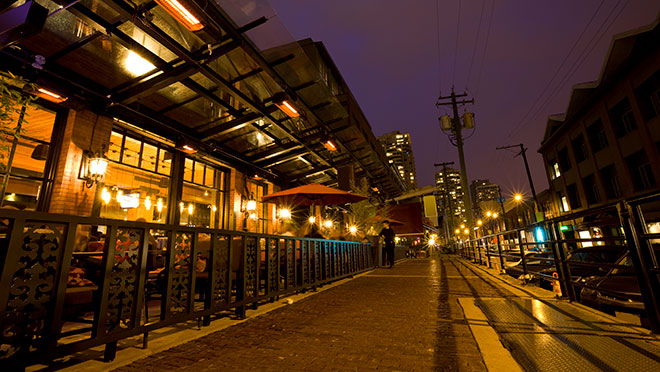Got demand response expertise? We're going to need you

New commercial programs will require help, starting with customer education
Steve Cao has been spending a lot of time helping craft demand-response offers for our commercial customers, and has his fingers crossed that they land later this year. And when they do, he'll be knocking on your door.
"With demand-response on the commercial side, we feel we're early in the game," says the senior program manager. "So we'll be looking for consultants, vendors and implementors with experience. It will likely come from companies that are multinational and who were involved in demand-response projects in other jurisdictions and even other countries."
Cao, who has been leading demand-response projects with our large industrial customers, says there will be an official Request for Information (RFI) looking for companies who can help in one of three ways:
- Customer consultation around facilities, equipment and staff.
- Implementation, including system setup and wiring.
- Product vending for the likes of controls, sensors, and smartphone applications.
It's a brave new world beyond energy efficiency
Demand response is all about timing. As various factors lead to record peaks for energy use in B.C. – including a record of 10,900 megawatts between 5 p.m. and 6 p.m. on December 21, 2022 – we're looking for more effective ways to shave those peaks to ensure the system stays resilient.
"We want to maximize the efficiency of our grid," says Cao. "We're trying to better balance energy use so we don't have to build new capacity and infrastructure. Our system has been flexible enough, and has had enough extra capacity so that these peak loads haven't caused great concern. But we have to look to our ability to meet those needs in the future."
Electric utilities around the world are experimenting with demand-response programs that often offer financial incentives to ratepayers who agree to make their electric loads more responsive at times of peak loads. We've run pilot programs with residential customers, including a "Peak Saver" program that has offered $3 per event when customers manage to reduce their load by 20% or more. And Cao has worked closely with industrial customers to employ demand response to trim their loads at key times.
In Canada, buildings account for about one quarter of all energy use. On the commercial side, the most energy-intensive businesses are restaurants, followed by mixed-use facilities, vehicle dealerships, repair or storage facilities, assisted-living facilities, food or beverage stores, and hotels and motels.
Actions can range from turning off or decreasing lighting in common areas, to reducing usage of mechanical systems to shave energy use at times of peak demand.